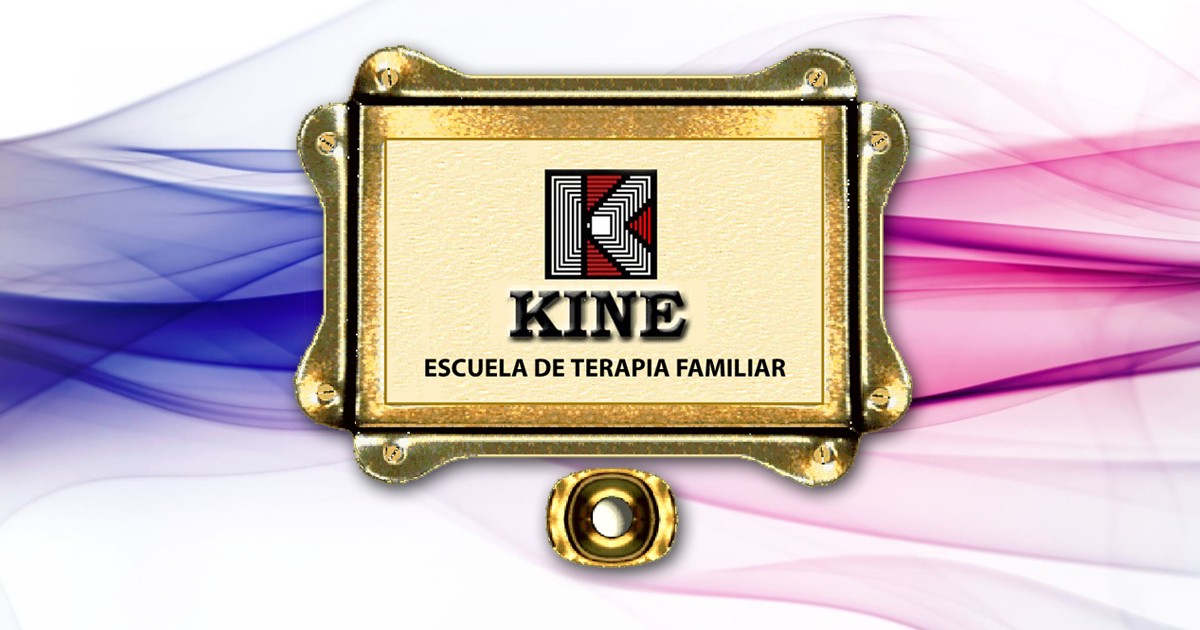Systemic Family Model Intervention Basic Training in Family Therapy
— On-site Blended learning —
Level 1 - Basic Training
Postgraduate de 200 hours
Academic year: 2026-2027
Basic Training in Family Therapy
— On-site Blended learning —
Postgraduate de 200 hours - Academic year: 2026-2027Content Program
FIRST YEAR
1.1 From the individual to the system
1.2 Analog and Digital Communication
1.3 Inconsistency communication
THE FAMILY SYSTEM (I)
1.4 Structure, process and symptom
1.5 Partnerships, coalitions and triangulation
THE FIRST CONTACT WITH FAMILY (I)
1.6 Derivation and typology
CIRCULAR PATTERNS
2.1 Circularity
2.2 Metacommunication
2.3 Metaperspective and meta-identity
THE FAMILY SYSTEM (II)
2.4 complementary and symmetrical Relations
2.5 Subsystems and family boundaries
2.6 Systems bonded and detached
THE FIRST CONTACT WITH FAMILY (II)
2.7 The Telefónica Listing
THEORY OF COMMUNICATION AND INFORMATION
3.1 Bateson: Noting the differences
3.2 Elements and Principles of human communication
3.3 Body Communication: Kinesics and proxemics
PATTERNS OF INTERACTION
3.4 rating sequence of events
3.5 Hierarchical inconsistency
3.6 Family Rules
THE FIRST INTERVIEW PROCESS (I)
3.7 General considerations
A THEORY OF CONTROL
4.1 Wiener: Cybernetics
TRANSITION AND CHANGE (I)
4.2 Family Crisis
4.3 The life cycle of families
THE FIRST INTERVIEW PROCESS (II)
4.4 Stages of the first interview
SYSTEMIC BASES APPLIED TO THE FAMILY GROUP
FIRST AND SECOND CYBER
5.1 Negative feedback
5.2 Positive feedback
TRANSITION AND CHANGE (II)
5.3 Stages of the life cycle
INTERVENCIÓNFAMILIAR (I)
5.4 The therapeutic alliance
5.5 Accommodation and Restructuring
THEORY OF SYSTEMS
6.1 Bertalanffy: General Systems Theory
6.2 Classification systems
FAMILY BELIEFS
6.3 Myths in the family
INTERVENCIÓNFAMILIAR (II)
6.4 Viewing the problem from another point of view
6.5 Use metaphors for change
PROPERTIES OF OPEN SYSTEMS
7.1 Totality and Synergy
7.2 Equifinality
7.3 Self-Organization
BEYOND NUCLEAR FAMILY
7.4 Single-parent families and stepfamilies
7.5 Educational styles
THERAPEUTIC REQUIREMENTS (I)
7.6 Propose tasks for change
7.7 Direct and indirect requirements
MODELS AND SCHOOLS IN FAMILY THERAPY (Y)
8.1 Model of Palo Alto
8.2 Structural School
8.3 Strategic Therapy
FAMILY AND SOCIAL NETWORK
8.4 multiproblem Families
8.5 Network Map and Ecomapa
THERAPEUTIC REQUIREMENTS (II)
8.6 Double therapeutic links
8.7 Limitation of no change
SYSTEMIC KEYS FOR THE MANAGEMENT OF FAMILY SESSIONS
SECOND YEAR
9.1 Group Milan
9.2 Model Transgenerational
DYSFUNCTIONAL FAMILY HEALTHY AND FAMILY
9.3 Basic Differences
FAMILY ASSESSMENT (I)
9.4 Construction of the genogram
9.5 Structure, Information and Relationships
10.1Russell: Theory of Types
10.2 Self-reference and recursion
10.3 Difference between change.1 and Change2
10.4 The difficulty in finding new solutions
IMPOSSIBLE TO OBEY INSTRUCTIONS
10.5 Theory of double-bond
FAMILY ASSESSMENT (II)
10.6 Guidelines for the analysis of a genogram
10.7Circularity in evaluating
10.8 Demand Analysis
CONFLICT AND DECISION
11.1 Von Neumann: Game Theory
11.2 cooperative and non-cooperative games
INDIVIDUAL AND SYSTEM
11.3 games in the family
FAMILY ASSESSMENT (III)
11.4 Dimensions in evaluating
11.5 Scales family assessment
SIMILARITIES BETWEEN SYSTEMS
12.1 Isomorphisms and resonances
Relational TRIANGLES
12.2 rigid Triads
12.3 auxiliary Triangles
INTERVENE IN THE FAMILY SYSTEM
12.4 The binomial stability-change
12.5 Resistance: a form of cooperation
FAMILY EXPLORATION, DIAGNOSIS AND EVALUATION
EVOLUTIONAL FEEDBACK
13.1 Entropy and Self-Organization
13.2 dissipative structures
GUIDELINES MULTIGENERATIONAL (I)
13.3 The ledger
13.4 Family Loyalty
13.5 Delegation
PARTICIPATORY LISTEN
13.6 The multidirigida bias
13.7 Clarify and Recap
RENDERING MATURANA
14.1 autopoietic systems
GUIDELINES MULTIGENERATIONAL (II)
14.2 Individuation
14.3 Attachment Theory
14.4 Family Secrets
WORKING WITH SYMBOLS AND Metaphors
14.5 therapeutic Rituals
14.6 The family sculpture
14.7 Storytelling
SECOND ORDER CYBERNETICS
15.1 Constructivism
THE BELIEF SYSTEM
15.2 Personal constructs and family
15.3 The attribution theory
QUESTIONS AS INTERVENTION
15.4 circular Questions
15.5 Questions about exceptions
POSTMODERNISM
16.1 Social constructionism: The Narrative
16.2 Morin: The complex thinking
FAMILY TYPE
16.3 Types of relationships Jackson
16.4 Types of Olson family
16.5 Familiar tiplogia Beavers
THE EXTERNALIATION
16.6 Reify the problem
STRATEGIES AND TECHNIQUES FOR FAMILY INTERVENTION

